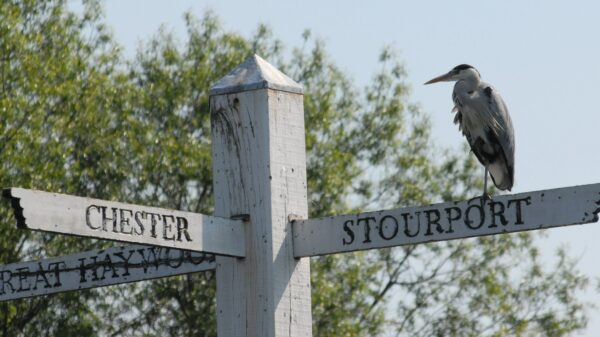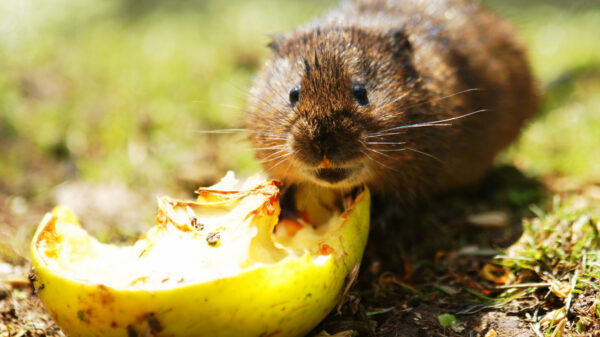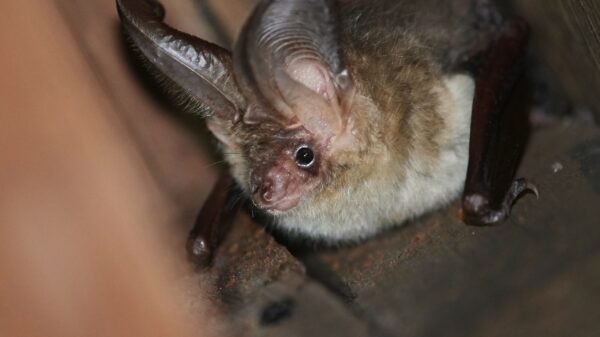About
Water voles (Arvicola amphibious) live in and amongst watercourses throughout the United Kingdom, they can be found most commonly along rivers, streams, and ditches, but have also been found in and around ponds, lakes and even canals. Water voles prefer habitats with ‘soft banks’ where they can dig burrows and have plenty of marginal vegetation for food and protection from predatory birds. Water voles are generally herbivores choosing to eat grasses and rushes but are able to eat 227 species of plant in Britain. Unfortunately this species is becoming a rarer sight throughout the UK.






